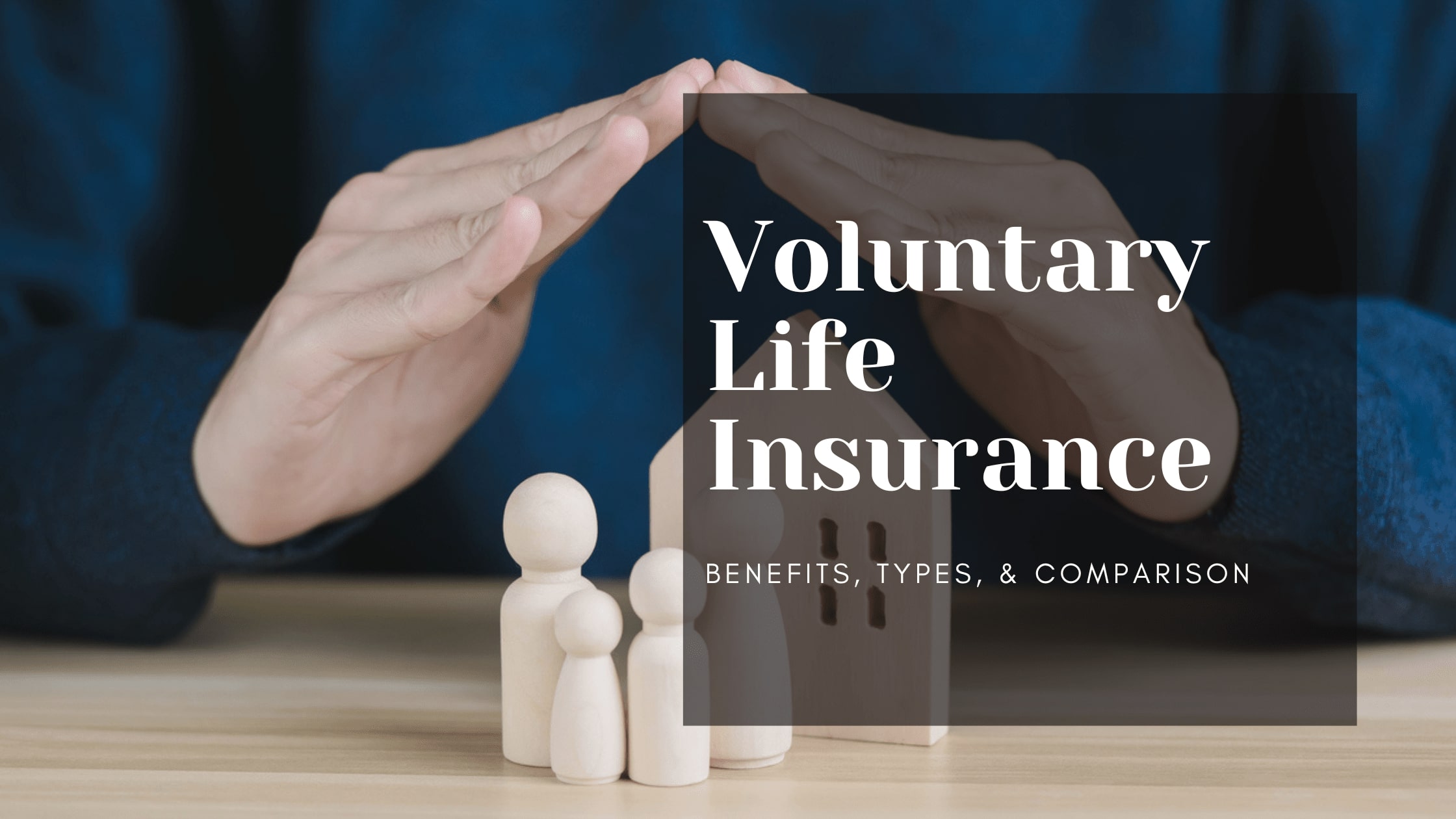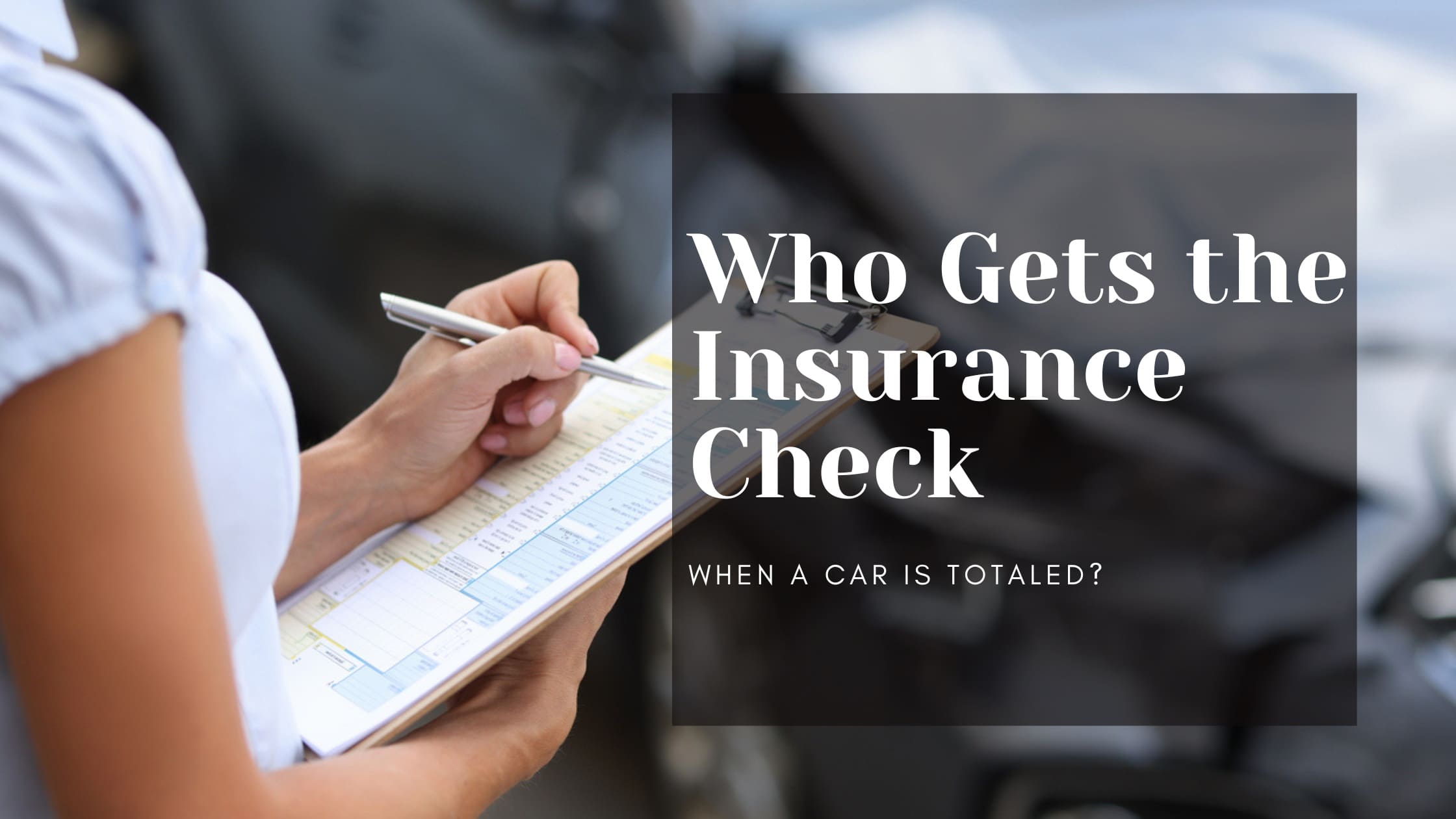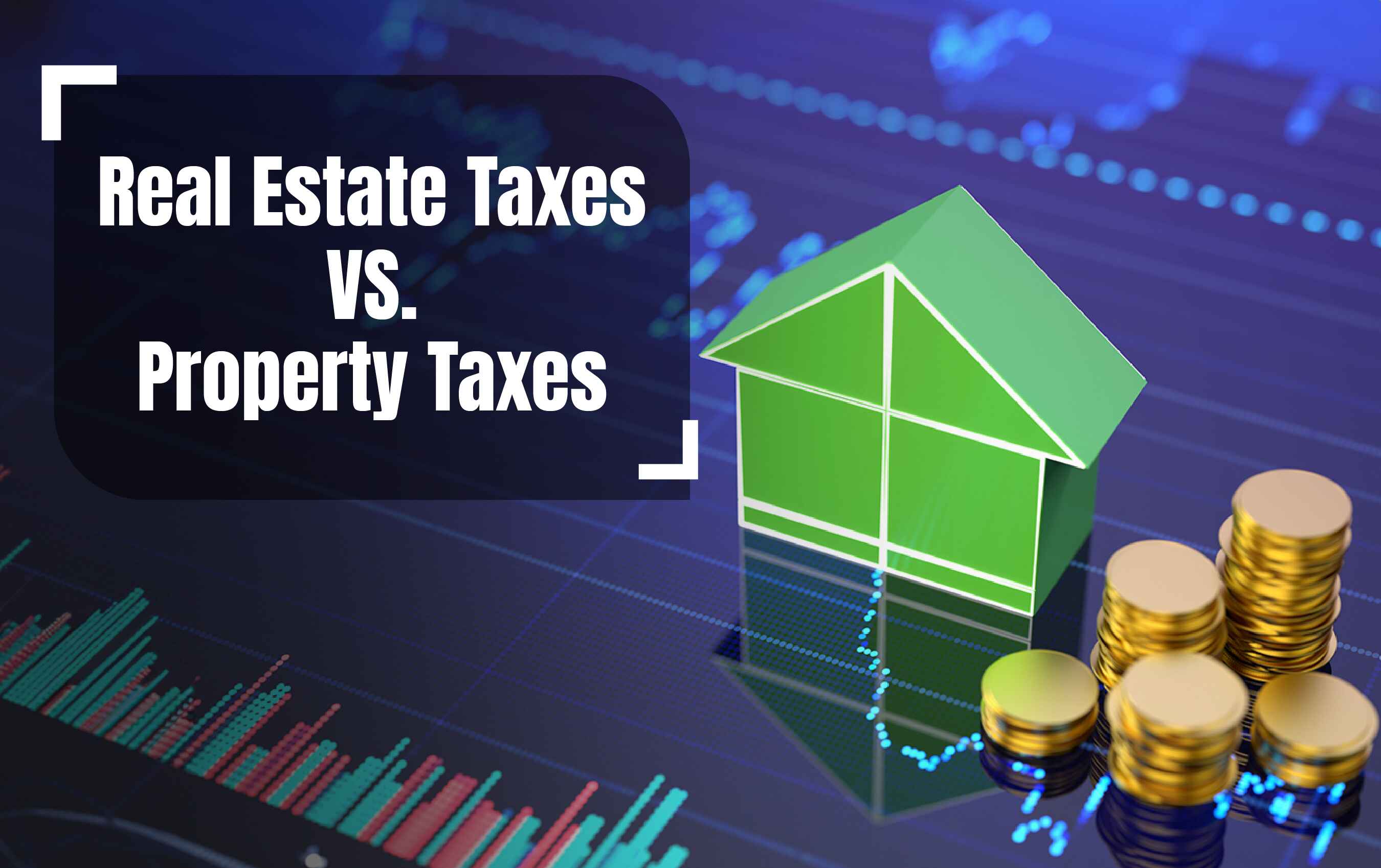

Leadership skills are an essential aspect of personal and professional growth. They enhance one’s ability to lead a team, manage a project, or improve organizational influence. In this blog, we’ll explore the qualities of a good leader, discuss the importance of developing leadership skills, and highlight the benefits of leadership training courses.
Having only one quality doesn’t make you a good leader. To be an effective leader, you must have some essential qualities. Before diving into developing leadership skills, let’s look at some of these qualities.
1. Communication Skills
A good leader communicates clearly and effectively. This includes listening to others, articulating thoughts and ideas, and providing feedback. Good communication skills foster a transparent and open environment where team members feel comfortable and valued.
2. Empathy
Empathy is the ability to understand and share others’ feelings. Leaders who demonstrate empathy can build stronger relationships, resolve conflicts more effectively, and create a supportive team atmosphere.
3. Integrity
Integrity involves honesty and strong moral principles. Team members trust leaders with integrity because of their consistent accountability and respect for their values and promises.
4. Decision-Making Abilities
Good leaders think quickly in challenging situations, are decisive, and can make informed decisions quickly. They analyze the conditions, ask their team for suggestions, and weigh the potential outcomes to make the best choice for their organization.
5. Adaptability
Adaptability is a crucial skill for all the leaders. An adaptable leader can navigate challenges, embrace new opportunities, and efficiently guide their team through transitions.
6. Vision
A leader with a clear vision inspires and motivates their team. They can be vocal about their opinions and articulate a compelling future vision to achieve various things. They keep the team focused and driven.
Developing leadership skills is a continuous and evolving process. It involves self-awareness, learning, and practice. Some strategies to help you enhance your leadership abilities include:
1. Self-Assessment
Evaluate your current leadership skills by doing a self-assessment. Prepare a checklist and identify your strengths and areas for improvement. Many tools for 360-degree feedback and personality assessments can help you get valuable insight into your leadership style and capabilities.
2. Set Clear Goals
Define specific, measurable goals for your leadership development. Your goals may include improving your communication skills, becoming more decisive, or managing conflicts effectively. Setting clear goals will help you stay focused and track your progress.
3. Seek Feedback
Regularly seek feedback from colleagues, mentors, and team members. Constructive feedback provides valuable perspectives on your performance and helps you identify areas where you can improve.
4. Learn from Experience
Experience is a great teacher. Take on leadership roles in various projects or volunteer opportunities. Reflect on your experiences, analyze what worked well, and learn from your mistakes.
5. Mentorship
Find a mentor who can guide you in your leadership journey. A mentor can offer advice, share their experiences, and provide valuable insights into effective leadership practices.
Leadership training courses are an excellent way to develop and refine leadership skills. These courses offer structured learning experiences, practical exercises, and expert guidance to help you become a more effective leader. Here are some benefits of enrolling in leadership training courses:
1. Structured Curriculum
Leadership training courses provide a structured curriculum that covers essential leadership topics. These courses offer comprehensive learning, from communication and decision-making to conflict resolution and team management.
2. Expert Guidance
Courses are often led by experienced leaders and professionals who share their knowledge and expertise. Their insights can help you understand and apply complex leadership concepts in real-world situations.
3. Practical Exercises
Many leadership training courses include practical exercises and simulations. These activities allow you to practice your skills safely and receive feedback on your performance.
4. Networking Opportunities
Leadership training courses provide opportunities to connect with other aspiring leaders. Networking with peers allows you to share experiences, gain different perspectives, and build valuable professional relationships.
5. Continuous Improvement
Leadership training is an ongoing process. Many courses offer follow-up sessions, resources, and support to help you continue your development even after the course has ended.
Developing leadership skills is a vital aspect of personal and professional growth. By understanding the qualities of a good leader, actively developing leadership skills, and taking advantage of leadership training courses, you can become an effective and inspiring leader. Remember that leadership is a journey; continuous learning and practice are crucial to success. Embrace the challenge, seek growth opportunities, and strive to impact those around you positively. Strong leadership skills will help you achieve your goals and drive success, whether you’re leading a small team or a large organization.
101 Guide on Creating Good Leadership Skills
Top career Questions to ask someone you admire
Questions on Personal Development to Ask Yourself
Leadership Skills Development: A Comprehensive Guide
Online Leadership Skill Development Course

Engineering is a diverse and dynamic field that offers multiple career options and intriguing job prospects. offering numerous career opportunities and promising job prospects. If you have a keen passion for problem-solving, innovation, and making a tangible impact on the world, a career in engineering can be the perfect and suitable option for you. In this blog post, we will discuss various engineering career options, provide a detailed guide on how to become an engineer, and dive deep into the engineering job prospects in today’s market.
Engineering is a vast field navigating numerous specializations. The following are some of the popular engineering career options:
● Civil Engineering: In this realm, engineers design, construct, and maintain infrastructure projects, including roads, bridges, buildings, and water supply systems.
●Mechanical Engineering: It is focused more on designing, developing, and manufacturing mechanical systems and devices, including all aspects from engines and machines to HVAC systems and robotics.
● Electrical Engineering: Engineers operate with electrical systems ranging from small circuits to large power grids. They design, develop, and maintain electrical equipment and systems.
● Chemical engineering: This engineering focuses entirely on the principles of chemistry, physics, and biology to solve problems relating to the creation and utilization of chemicals, materials, and energy. Engineers work in various fields, including medicines, energy, and manufacturing.
● Computer Engineering: Computer engineers create and build computer hardware and software. They work on a variety of initiatives, including new computer systems and innovative software applications
● Aerospace Engineering: Aerospace engineers create, build, and test aircraft, spacecraft, and other systems and equipment. They work in fields including aviation, defense, and space exploration.
● Environmental Engineering: Environmental engineers use principles of engineering, soil science, biology, and chemistry to develop solutions to environmental problems. They work on projects related to water and air pollution control, recycling, waste disposal, and public health.
Starting a career in engineering needs a mixture of skills and practical knowledge/experience. Here are complete steps on how to become an engineer:
Step 1: Get a high school diploma.
The first step toward becoming an engineer is to complete high school with an emphasis on mathematics, science, and technology. Physics, chemistry, calculus, and computer science courses will provide a solid basis for your engineering study.
Step 2: Get a bachelor’s degree in engineering:
Next, you must get a bachelor’s degree in engineering from an accredited college. Depending on your selected specialization, you can pursue degrees as follows:
● Bachelor of Science in Civil Engineering.
● Bachelor of Science in Mechanical Engineering.
● Bachelor of Science in Electrical Engineering.
● Bachelor of Science in Chemical Engineering.
During your undergraduate studies, you will study classes in mathematics, science, and engineering principles, as well as get practical experience through labs and projects.
Step 3: Gain practical experience.
Many engineering programs require students to do internships or co-op programs, which provide essential hands-on experience in real-world engineering environments. These experiences give you the chance to apply academic knowledge to real-world challenges while also expanding your professional network.
Step 4: Get Professional Licensing.
Many countries require engineers to obtain a professional license before practicing. This normally consists of passing the Fundamentals of Engineering (FE) test, getting job experience, and passing the Principles and Practice of Engineering (PE) exam. Licensure requirements differ by area and engineering discipline.
Step 5: Seek Advanced Education (Optional)
While a bachelor’s degree is sufficient for many engineering jobs, completing a master’s or Ph.D. can lead to more advanced employment, research possibilities, and academic careers. Advanced degrees allow you to further concentrate and gain knowledge in specific areas of engineering.
Step 6: Continue your professional development.
Engineering is a continually changing discipline, and staying current on the latest breakthroughs is critical. Professional development classes, workshops, conferences, and certifications can help you continue your education throughout your life.
The engineering job prospects are usually strong, with a huge range of opportunities among various industries. Here are some factors influencing the job opportunities for engineers:
1. Increasing demand for infrastructure: Civil engineers are in high demand as infrastructure expansion and upkeep continue. As cities grow and current infrastructure deteriorates, civil engineers will play an essential role in designing and building long-term solutions.
2. Technological advancements: Technological breakthroughs in domains such as artificial intelligence, renewable energy, and biotechnology are opening up new engineering opportunities. In particular, mechanical, electrical, and computer engineers are in high demand as they create and implement cutting-edge technologies.
3. Environmental concerns: The increased emphasis on environmental sustainability raises the demand for ecological and chemical engineers. These individuals are required to create novel solutions for pollution control, waste management, and renewable energy.
4. Aerospace and DefenseThe aerospace and defense industry continues to look for talented aerospace engineers to design and develop airplanes, spacecraft, and defense systems. Space exploration and developments in aviation technology are major sources of demand.
5. Healthcare & Pharmaceuticals: Biomedical and chemical engineers are in high demand in the healthcare and pharmaceutical sectors. They work to create medical gadgets, improve drug production processes, and advance healthcare technologies.
6. Competitive salaries: Engineering occupations offer not only competitive wages but also good benefits. According to the U.S. Bureau of Labor Statistics, the median annual wage for engineers significantly surpasses the median wage for all occupations.
Engineering offers a wide range of opportunities and promising careers but it is also vital to explore various engineering career options to understand how to become an engineer, and by staying informed about engineering job prospects, you can achieve a flourishing career path. Engineering can offer effective tools and platforms in order to transform your dreams into reality.

Voluntary life insurance is a type of life insurance you can choose to buy through your employer, often at a lower cost. It provides financial support to your loved ones if you pass away. Unlike mandatory life insurance from your employer, you can decide how much coverage you want.
Voluntary life insurance is crucial because it offers your family extra financial security and stability. By learning about voluntary life insurance, you can make better decisions about your coverage options.
Term voluntary life insurance provides coverage for a specified period, such as 10, 20, or 30 years. If the policyholder dies within this term, the beneficiaries receive the death benefit. This type is often more affordable than permanent life insurance options.
Whole voluntary life insurance offers lifetime coverage as long as premiums are paid. Moreover, it accumulates cash value over time, which policyholders can borrow against or use for other financial needs.
Group voluntary life insurance is offered by employers to their employees at lower group rates. Employees can choose to participate and select the level of coverage they desire, making it a flexible and cost-effective option.
Voluntary life insurance allows policyholders to choose the amount of coverage that best suits their financial needs. This flexibility ensures that the death benefit is sufficient to cover expenses such as mortgages, education costs, and other debts.
Group rates for voluntary life insurance are typically lower than individual rates, making it an affordable option for many employees. Additionally, premiums for term policies are generally lower than those for whole-life policies.
Policyholders can customize their coverage amounts and select additional riders to enhance their policies. This flexibility allows individuals to tailor their insurance to their specific needs.
Some voluntary life insurance policies offer portability, allowing employees to retain their coverage if they leave their jobs. It ensures continuous protection regardless of employment status.
Eligibility for employer-based voluntary life insurance depends on the employer’s policy. Typically, full-time employees are eligible, but part-time employees may also qualify in some cases.
Apart from employment, individuals can also take voluntary life insurance. These plans are available through various insurance providers and offer similar benefits and flexibility.
Enrollment periods for voluntary life insurance usually overlap with open enrollment periods for other employee benefits. Some employers may allow new hires to enroll outside the standard enrollment period.
Premiums for voluntary life insurance are determined by age, health, and the amount of coverage selected. Due to the limited coverage period, term life insurance premiums are generally lower than those for whole life insurance.
For employer-based plans, premiums can typically be paid through payroll deductions, making the process convenient for employees. Individual plans may offer various payment options, including monthly, quarterly, or annual.
Due to group rate discounts, voluntary life insurance is often more cost-effective than individual life insurance policies. Comparing the costs and benefits of different policies can help individuals find the most suitable option.
Policyholders must designate beneficiaries who will receive the death benefit. Beneficiaries can be changed anytime, providing flexibility to adapt to life changes.
Death benefits can be paid out in a lump sum or as an annuity, depending on the policyholder’s preference and the terms of the policy.
Term life insurance policies may offer renewal options at the end of the term. However, premiums may increase based on the policyholder’s age and health status at the time of renewal.
Whole life insurance policies accumulate cash value that policyholders can borrow against. These loans can be used for various financial needs but must be repaid to avoid reducing the death benefit.
The application process for voluntary life insurance typically involves completing a form, providing personal health information, and selecting the desired coverage amount and any additional riders.
Applicants may need to provide identification, proof of employment, and medical history. Employer-based plans may require less documentation compared to individual plans.
Some policies may require a medical examination, especially for higher coverage amounts. Simplified issue policies may waive this requirement and offer coverage based on a health questionnaire.
Beneficiaries must file a claim with the insurance provider to receive the death benefit. This process typically involves completing a claim form and providing a death certificate.
Insurance providers may require additional documentation, such as proof of relationship to the deceased and any relevant medical records.
The timeline for processing claims can vary, but most insurance companies aim to process claims within 30 to 60 days after receiving all required documentation.
Voluntary life insurance premiums the employer pays may be tax-deductible as a business expense. However, premiums paid by the employee are generally not tax-deductible.
The death benefit paid to beneficiaries is typically tax-free. However, if the policy includes a cash value component, any interest earned may be subject to taxation.
Policyholders and beneficiaries should consult a tax professional to understand the specific tax implications of their voluntary life insurance policy.
This rider provides an additional death benefit if the policyholder dies as a result of an accident. It is a cost-effective way to increase coverage.
This rider waives premium payments if the policyholder becomes disabled and unable to work. It ensures that coverage remains in place during periods of financial hardship.
This rider provides a monthly income if the policyholder becomes disabled and unable to work. It helps cover living expenses during periods of disability.
Employer-paid life insurance is usually provided at no cost to employees, while voluntary life insurance requires premium payments. However, voluntary life insurance offers greater flexibility in coverage amounts.
Employer-paid life insurance often provides a fixed amount of coverage, which may only be sufficient for some employees. Voluntary life insurance allows individuals to choose the coverage amount that meets their needs.
Voluntary life insurance offers more control over policy details, including coverage amounts and additional riders. This flexibility is not typically available with employer-paid life insurance.
● Customizable coverage
● Affordable group rates
● Flexibility in policy options
● Portability
● Requires premium payments
● Potential medical examinations
● Coverage dependent on employment status
Consider the case of Jane, who used her voluntary life insurance policy to secure her children’s education after her untimely death. The policy provided a financial cushion that her employer-paid insurance could not.
Families like John’s have benefited significantly from the additional coverage provided by voluntary life insurance, ensuring financial stability during challenging times.
“Voluntary life insurance is an excellent way for employees to augment their coverage and provide for their families’ future needs,” says John Doe, an insurance expert.
Experts recommend carefully evaluating your financial situation and future needs before selecting a voluntary life insurance policy. Consider consulting a financial advisor to make an informed decision.
Voluntary life insurance provides valuable financial protection tailored to individual needs. It offers flexibility, affordability, and additional coverage beyond basic employer-paid life insurance. Individuals can make informed decisions and secure their families’ financial future by understanding the various aspects of voluntary life insurance. For further education and personalized advice, consider consulting with an insurance professional.
What is the difference between voluntary and employer-paid life insurance?
Voluntary life insurance requires the employee to pay premiums and offers customizable coverage, while employer-paid life insurance is provided at no cost but typically offers limited coverage.
Can I keep my voluntary life insurance if I leave my job?
Some voluntary life insurance policies offer portability, allowing you to retain your coverage if you leave your employer. Check with your insurance provider for specific details.
How do I choose the right coverage amount?
When choosing a coverage amount, consider your financial obligations, such as debts and mortgages, and future expenses, like education. A financial advisor can help determine the appropriate amount.

When a car is involved in a severe accident or sustains damage beyond repair, insurance companies often declare it “totaled.” This term signifies that the vehicle’s repair cost exceeds its actual cash value (ACV) or a predetermined threshold set by the insurer. However, determining who receives the insurance payout can vary depending on several factors. Let’s explore the nuances of this situation and understand the key considerations involved.
When a car’s repair cost exceeds a certain percentage (often around 75-80%) of its market value at the time of the accident, insurers mark it as totaled. This threshold varies by insurer and jurisdiction but serves as a benchmark for determining whether the vehicle is economically viable for repair.
The outcome of who receives the insurance check depends on the type of insurance coverage the vehicle owner has:
● Comprehensive or Collision Coverage: If the vehicle owner has comprehensive or collision coverage, their insurance policy will likely cover the cost of repairs or provide compensation up to the car’s ACV if it’s totaled.
● Liability Only Coverage: In cases where the owner has only liability coverage, which covers damages to other vehicles in accidents they cause, there may not be coverage for the car itself. In such instances, the owner might need to bear the out-of-pocket cost of repairs or replacement.
Calculation of Actual Cash Value (ACV) When a car is totaled, the insurance company calculates its ACV based on several factors:
● Market Value: The fair market value of the car before the accident, considering factors like age, mileage, condition, and local market trends.
● Pre-accident Condition: Any recent upgrades or modifications might affect the car’s value.
● Deductibles: The amount the policyholder agreed to pay out-of-pocket before the insurance coverage kicks in.
Ownership of the Vehicle The recipient of the insurance payout depends on who owns the car:
● Owned Outright: If the registered owner owns the car outright (i.e., with no outstanding loans or leases), they will typically receive the insurance check.
● Financed or Leased: If the car is financed or leased, the insurance check may be issued jointly to the vehicle owner and the lender or leasing company. This ensures that the financial interests of all parties involved are protected.
Negotiation and Settlement Once the insurance company determines the ACV and issues the insurance check, the vehicle owner (or owners and their lienholders) must decide how to handle the settlement:
● Payoff: If there is a loan or lease on the car, the insurance check may be used to pay off the remaining balance to the lender or leasing company.
● Repairs or Replacement: If the car is owned outright, the owner can use the insurance proceeds for repairs or put toward the purchase of a replacement vehicle.
Navigating the aftermath of a totaled car can be complex, especially when dealing with insurance claims and payouts. Understanding who receives the insurance check ensures a smooth settlement process. Whether you own the vehicle outright or have a financial interest through financing or leasing, knowing your rights and obligations under your insurance policy is essential. By staying informed and working closely with your insurance provider, you can effectively manage the financial implications of a totaled vehicle and make informed decisions regarding repairs or replacement.

Real estate taxes, or property taxes, are levied on real property, including land, buildings, and permanent fixtures attached to the land. Local governments impose these taxes based on the property’s assessed value. The valuation process typically involves appraisal by local assessors to determine the property’s fair market value.
The calculation of real estate taxes varies by jurisdiction but generally involves multiplying the property’s assessed value by the local tax rate. This rate can vary significantly depending on the location and the specific taxing authorities involved. Property tax bills are issued annually or semi-annually. They are a significant source of revenue for local governments to fund public services such as schools, roads, and emergency services.
Real estate taxes are the responsibility of the property owner. Failure to pay property taxes can result in penalties, interest charges, and, in some cases, the initiation of foreclosure proceedings by the taxing authority. Property owners are advised to stay informed about tax assessment changes and payment deadlines to avoid any potential penalties.
Read more: Stock Market vs Real Estate: Finding the Best Investment for You
Unlike real estate taxes, which apply to land and buildings, personal property taxes are levied on individuals’ or businesses’ movable assets. These assets include vehicles, boats, aircraft, machinery, equipment, and other tangible goods used for business or personal purposes. The tax rate and assessment process for personal property taxes vary widely depending on the jurisdiction.
Calculating personal property taxes involves determining the value of the taxable assets as of a specific assessment date. There are many factors to consider for this valuation, such as purchase price, age, condition, and depreciation of the assets. Tax rates for personal property can vary significantly by location and type of property, often lower than real estate tax rates.
Unlike real estate taxes, personal property taxes must be paid annually or semi-annually, depending on local regulations. Non-payment can lead to penalties and interest charges. Businesses and individuals should keep accurate records of their personal property holdings and be aware of deadlines and assessment procedures to ensure compliance with tax obligations.
Real estate taxes apply to immovable property, such as land and buildings, whereas personal property taxes apply to movable assets, including vehicles, equipment, and other tangible goods.
Real estate taxes are based on the property’s assessed value, determined by local assessors, whereas personal property taxes are often based on the depreciated value of movable assets.
Tax rates for real estate can vary widely based on location and local government policies, while personal property tax rates are generally lower and may vary by type of asset.
Real estate taxes are the responsibility of property owners. Individuals or businesses owing taxable movable assets pay personal property taxes.
Understanding the distinction between real estate and personal property taxes is essential for property owners and taxpayers. While both types of taxes contribute to local government revenue, they apply to different types of assets and are subject to distinct assessment and payment procedures. Property owners should stay informed about their tax obligations and seek guidance from tax professionals or local taxing authorities to ensure compliance and avoid penalties.